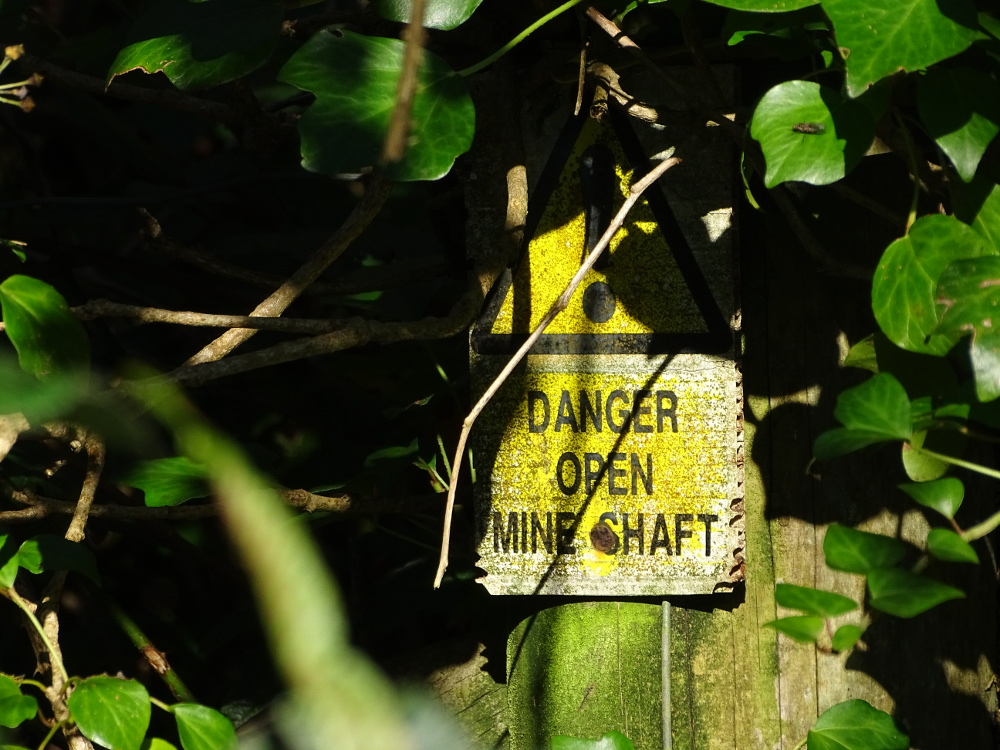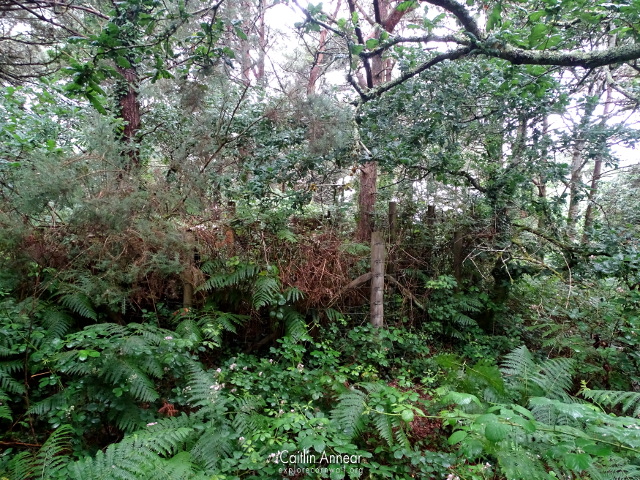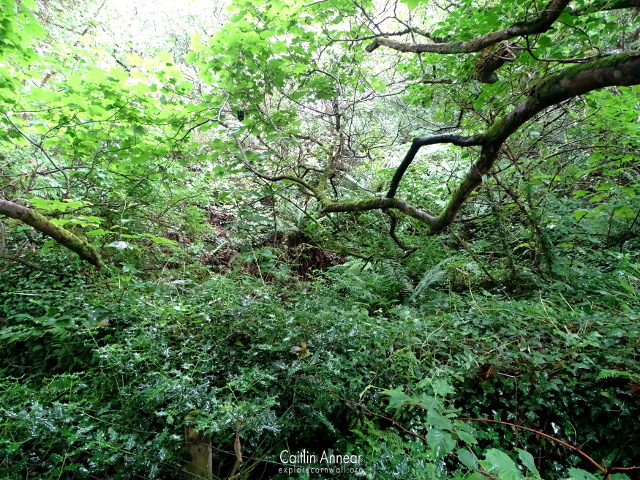Just north of Godolphin Cross and across the road from the main house is the scant remains of some old workings. Hidden in the woods are dips, ditches and overgrown shafts, the only remains of Godolphin Mine.
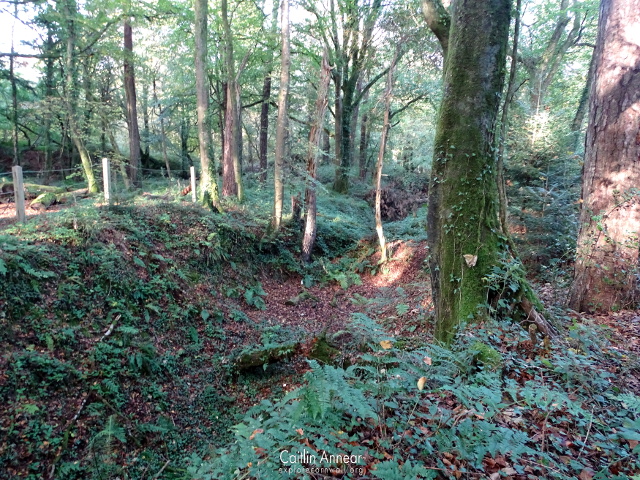
Records for the area started in the 1600’s, but the mine definitely predates this. The Wheal Dolphin section was bringing up copper and Godolphin was already 90 fathoms (165m) deep; in 1788 it already had a steam engine. In 1790 Wheal Dolphin closed before being absorbed into the main Godolphin sett in 1804, helping to share the removal of water for the benefit of both mines.
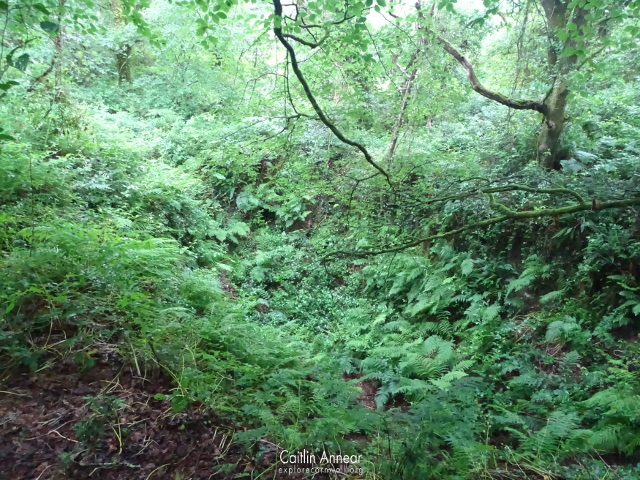
1821 saw the addition of Old Mine and was employing over 480 people ten years later. In 1836 both setts were taken up by Captain Teague who spared great expense, roughly £40,000 (£2,712,052 today), to install new engines, however, despite hitting a rich lode the mine closed in 1846. This closure didn’t appear to last long as by 1849 a new shaft was being sunk for a Sim’s engine. From 1861 Godolphin was worked alongside New Great Work, incorporating lodes to the south, but running costs and low tin prices made profits elusive and the mine came to an end.
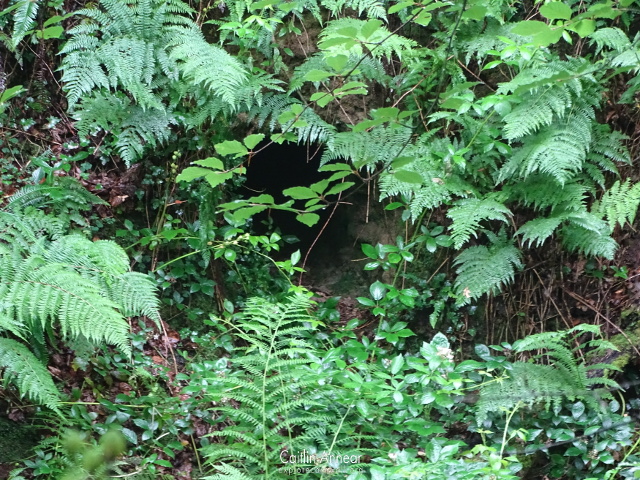
Godolphin Mine had a large number of shafts, many of which remain unnamed.
Bridge Engine (80 fathoms/146m), Pearce’s (80 fathoms/146m), Simm’s, Boundary (55 fathoms/101m), New Engine, Stephen’s (40 fathoms/73m), Robert’s (25 fathoms/46m), North Boundary, Bennett’s North (51 fathoms/93m), Burgess (45 fathoms/82m), Spargo’s (25 fathoms/46m), Dog’s (25 fathoms/46m), Goodman’s (42 fathoms/77m), Bennett’s South/Richard’s (60 fathoms/110m), William’s (80 fathoms/146m), Cock’s (70 fathoms/m), Meager’s (70 fathoms/128m), Ford’s, Engine (70 fathoms/128m), Tyack’s (53 fathoms/97m), Mollard’s/South Boundary (20 fathoms/37m), Polglase (53 fathoms/97m), Ivey’s (55 fathoms/101m), Brown’s (40 fathoms/73m) and Deaken’s (40 fathoms/73m).
Lodes include Orchard, North and South New Discovery, North and South Godolphin Adit, Wheal Dolphin, Hemming’s and Bawden’s.
Output varies depending on source. The first five are Reynold’s.
1781-83 Wheal Dolphin: 86 tons (87,380 kg) of copper
1800-04 Wheal Dolphin: 512 tons (520,216 kg) of copper
1800-04 Godolphin: 7,209 tons (7,324,682 kg)
1805-19 Godolphin: 12,305 tons (114,107,148 kg) or 8,386 tons (8,520,569 kg) of copper
1838 Godolphin: 1,602 tons (1,627,707 kg) of copper
1815-18, 38-40 and 45-47 (Dines): 8,425 tons (8,560,195 kg) of copper and 10 tons (10,161 kg) of tin
For a mine that once had some many engines at work, if anything remains it’s been long buried in overgrowth. 1786 saw the erection of a 48″ Boulton & Watt pumping engine from Wheal Crenver and by 1808 there were five engines and two water wheels at work, one of which may have been a 63″. In 1819 three whims were put up for sale. Prior to 1840, there were two 80″ pumping engines, a 36″ pumping engine, a 24″ stamps and 16″, 18″ and 24″ whims recorded.
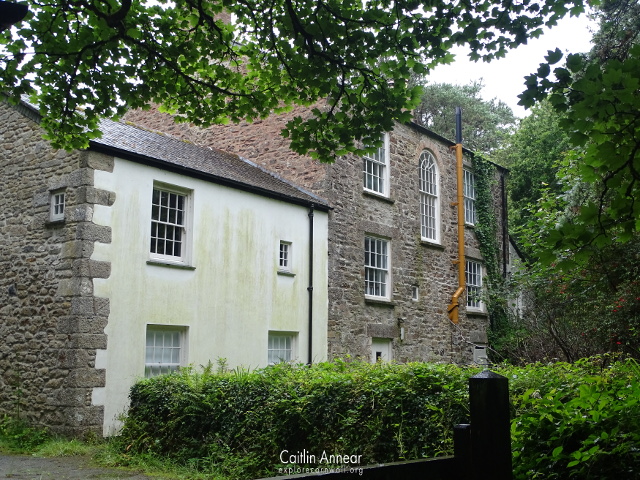
The whole mine can be accessed from the public footpaths through the woods, however none of the shafts have been properly capped and many remain buried under dense undergrowth, so don’t stray. The Counthouse is still in place and is used by the National Trust.
There is a line of other shafts loosely associated with this mine on the path up to Godolphin Hill from the NT car park.
There is a small parking area at the north-west entrance of the woods, alternatively the National Trust Godolphin car park is within walking distance.
Dines, H. G. (1956) The metalliferous mining regions of south-west England. British Geological Survey.
Hamilton-Jenkin, A. K. (1965) Mines and Miners of Cornwall: XI Marazion, St Hilary & Breage. Truro: Truro Bookshop.
Reynolds, A. (2000) Godolphin and Great Work. Available at: http://map.cornwall.gov.uk/reports_event_record/2000/2000R039.pdf (Accessed: 30 June 2020).
